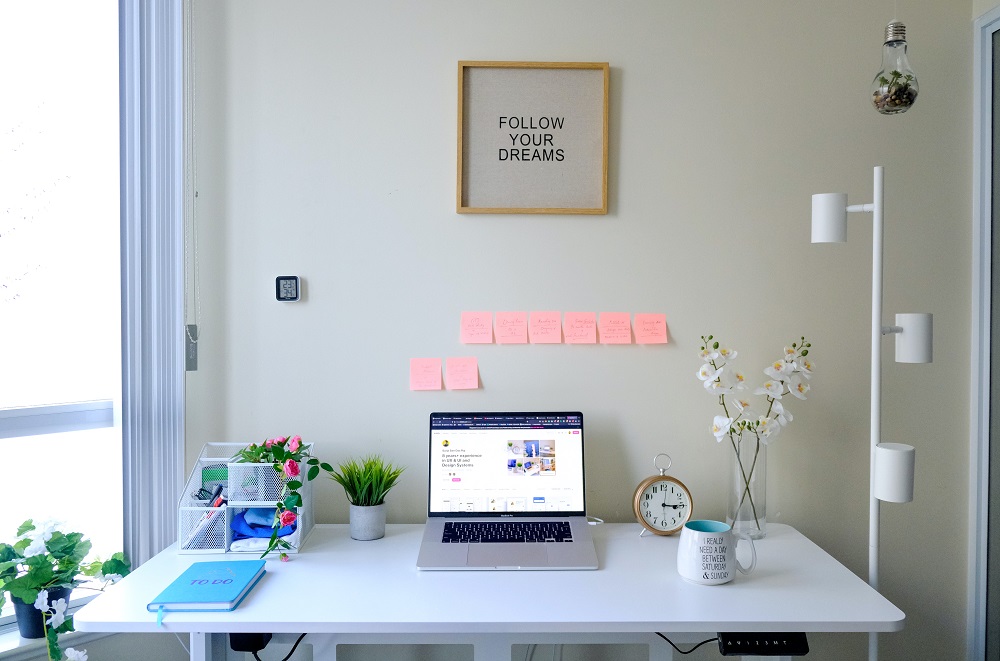Are you a budding UX designer, eager to kickstart your career in the exciting world of user experience? Congratulations, you’ve chosen a field that’s not only in high demand but also incredibly rewarding. As someone who has been in the UX design industry for quite some time, I understand the challenges that come with breaking into this competitive field. The good news is that there are certain key skills every entry-level UX designer should develop to pave the way for a successful and fulfilling career.
In this comprehensive guide, I’ll share my insights and experiences, highlighting the essential skills that will help you stand out as an entry-level UX designer. From mastering user research techniques to honing your prototyping skills, we’ll cover it all.
1. User-Centered Mindset
At the core of UX design lies the concept of user-centricity. Understanding and empathizing with your users is the foundation of creating exceptional user experiences. As an entry-level UX designer, it’s crucial to develop a user-centered mindset early on. This means putting yourself in the shoes of your target audience and considering their needs, preferences, and pain points at every stage of the design process.
To cultivate this mindset, practice active listening and gather feedback from real users whenever possible. Engage in usability testing and user interviews to gain valuable insights into their behaviors and expectations. By making empathy a key component of your design process, you’ll be well on your way to becoming a successful UX designer.
2. User Research Skills
User research is the backbone of effective UX design. It involves systematically collecting and analyzing data to inform design decisions. As an entry-level UX designer, you should develop strong user research skills to understand your users better.
Begin by learning various research methodologies, such as surveys, interviews, and usability testing. Practice creating user personas to represent different segments of your target audience. Dive into the world of analytics tools to track user behavior on websites and applications.
Remember, research isn’t a one-time event but an ongoing process. Continuously gather data and refine your understanding of user needs and behaviors to create designs that truly resonate with your audience.
3. Information Architecture
Information architecture is the art and science of organizing and structuring content to enhance user navigation and findability. It’s like designing the blueprint of a building before constructing it. As an entry-level UX designer, you must develop solid information architecture skills to create intuitive and user-friendly digital experiences.
Learn about card sorting, tree testing, and navigation design principles. Familiarize yourself with wireframing tools and techniques to create organized layouts that guide users seamlessly through a website or app. A strong foundation in information architecture ensures that users can easily find what they’re looking for, enhancing their overall experience.
4. Interaction Design
Interaction design focuses on how users interact with a product or interface. It encompasses elements like buttons, menus, forms, and animations. Mastering interaction design is essential for creating engaging and user-friendly interfaces.
To develop this skill, study principles of interaction design, such as affordance, feedback, and responsiveness. Experiment with prototyping tools to create interactive mockups of your designs, allowing you to test user interactions and refine your designs iteratively. Pay attention to micro-interactions and animations, as they can greatly enhance the user experience by providing feedback and guidance.
5. Usability Testing
Usability testing is a critical skill for any UX designer. It involves observing real users as they interact with your designs and gathering feedback to identify usability issues. As an entry-level UX designer, honing your usability testing skills will help you uncover design flaws and make informed improvements.
Start by conducting usability tests on your own designs or existing products. Develop a usability testing plan, recruit participants, and carefully observe their interactions. Learn how to ask effective questions and facilitate constructive discussions during testing sessions. Usability testing not only improves the quality of your designs but also helps you advocate for user-centered decisions within your team.
6. Prototyping Proficiency
Prototyping is a fundamental aspect of the UX design process. It allows you to create interactive models of your designs, helping stakeholders and users visualize and experience the final product before it’s built. Developing prototyping proficiency is crucial for conveying your design concepts effectively.
Explore prototyping tools like Figma, Sketch, or Adobe XD and practice creating interactive prototypes. Experiment with different levels of fidelity, from low-fidelity wireframes to high-fidelity interactive designs. Prototypes serve as a bridge between your ideas and the final product, enabling you to iterate and refine your designs based on feedback.
7. Visual Design Skills
While UX design primarily focuses on user experience, having a strong grasp of visual design principles can set you apart as an entry-level UX designer. Visual design encompasses aspects like typography, color theory, layout, and aesthetics.
Invest time in learning the fundamentals of visual design, including contrast, hierarchy, and alignment. Understand the psychology of color and how it can influence user emotions and behavior. Practice creating visually appealing mockups and interfaces that align with your user research findings.
Remember that while visual design is important, it should always support and enhance the overall user experience rather than detract from it.
8. Collaboration and Communication
Effective communication and collaboration are skills that every UX designer should develop. UX design is rarely a solo endeavor; it involves working closely with cross-functional teams, including developers, product managers, and stakeholders.
Practice clear and concise communication when presenting your design ideas and rationale. Learn to use design tools that facilitate collaboration, such as version control systems and design handoff platforms. Cultivate the ability to give and receive constructive feedback, as it’s essential for refining your designs and fostering a positive team dynamic.
9. Problem-Solving Abilities
UX design is fundamentally about solving problems for users. As an entry-level UX designer, developing strong problem-solving abilities is essential. You’ll often encounter complex challenges that require creative and user-centric solutions.
Embrace a user-centered approach to problem-solving by first defining the problem through user research and analysis. Explore multiple design solutions and evaluate their pros and cons. Be open to feedback and iteration, as the initial solution may not always be the best one. The ability to approach design challenges with a problem-solving mindset will serve you well throughout your career.
10. Continuous Learning
The field of UX design is constantly evolving, with new technologies, tools, and trends emerging regularly. To thrive as an entry-level UX designer and beyond, you must be committed to continuous learning.
Stay up-to-date with industry news, attend UX conferences, and participate in online communities and forums where professionals share insights and experiences. Experiment with new tools and methodologies, and never stop seeking ways to enhance your skills and knowledge.
In Conclusion
Becoming a successful UX designer is a journey that requires dedication, perseverance, and a commitment to ongoing learning and growth. By developing these key skills, you’ll not only excel as an entry-level UX designer but also build a strong foundation for a fulfilling and prosperous career in user experience design.
Remember that every designer’s path is unique, and the experiences and challenges you encounter along the way will contribute to your growth and expertise. Embrace the journey, stay curious, and keep pushing the boundaries of what you can achieve as a UX designer. Your passion for creating exceptional user experiences will be your driving force toward success in this dynamic and rewarding field.
ABOUT AUTHOR

Alison Housten
Lorem ipsum dolor sit amet, consectetur adipiscing elit. Ut elit tellus, luctus nec ullam.

RECENT POSTS


